QuestionIf I have a dog already ( 2 years) and he is great with cats and I bring in a kitten will the kitten still be susceptible to the single cat syndrome or will he be ok due to the dog?
AnswerTarerk,
A dog will help for companionship but it will take quite a while. A dog is still a creature from another planet to a cat, even if they get along. A dog can't play or communicate, or groom like another kitten can. But it is better than being totally alone.
Here is an article on cat and dog introductions that you may find helpful:
"It is important to know that cats are territorial and need to be introduced to other animals very slowly in order to give them time to get used to each other before there is a face-to-face confrontation. Slow introductions help prevent fearful and aggressive problems from developing. When you introduce pets to each other, one of them may send "play" signals which can be misinterpreted by the other pet. If those signals are interpreted as aggression by one animal, then you should handle the situation as "aggressive." Don't ever let the dog rush toward the cat, even if only in play.
Confinement
If you are introducing your new dog to a resident cat(s), confine your cats to one medium-sized room with litter box, food, water and a bed. Feed your resident pets and the newcomer on each side of the door to this room. This will help all of them to associate something enjoyable (eating!) with each other's smells. Don't put the food so close to the door that the animals are too upset by each other's presence to eat. Gradually move the dishes closer to the door until your pets can eat calmly, directly on either side of the door. Next, use two doorstops to prop open the door just enough to allow the animals to see each other, and repeat the whole process.
Swap Scents
Switch sleeping blankets or beds between your new dog and your resident animals so they have a chance to become accustomed to each other's scent. Rub a towel on one animal and put it underneath the food dish of another animal. You should do this with each animal in the house.
Switch Living Areas
Give your new dog free time in the cat's room(s) while confining your other animals. This switch provides another way for the animals to experience each other's scents without a face-to-face meeting. It also allows the newcomer to become familiar with his/her new surroundings without being frightened by the other animals.
Avoid Fearful And Aggressive Meetings
Avoid any interactions between your pets that result in either fearful or aggressive behavior. If these responses are allowed to become a habit, they can be difficult to change. It's better to introduce your pets to each other so gradually that neither animal becomes afraid or aggressive. You can expect mild forms of these behaviors, but don't give them the opportunity to intensify. If either animal becomes fearful or aggressive, separate them, and start over with the introduction process in a series of very small, gradual steps, as outlined above. Provide your cat(s) with a variety of escape routes and high hiding places that are easily accessable at all times. Your cats must be able to get away from the dog whenever necessary.
Slowly allow the dog and cat(s) spend more time together, but always supervise them until you are absolutely sure there is no threat of danger to either of them. No matter how quickly or badly you the cat and dog to get along, you have to allow these things to process at their own speed which could be months, but usually is much a shorter time."
I hope this helps. If the kitten is a calico, they have a tendency to go after dogs. It all depends on the animal's personalities and your patience and the love you give each animal so the other animals do not get jealous or feel left out. You have to take it slow. A kitten raised with a dog will have a better chance at getting along than an older cat.
Tabbi

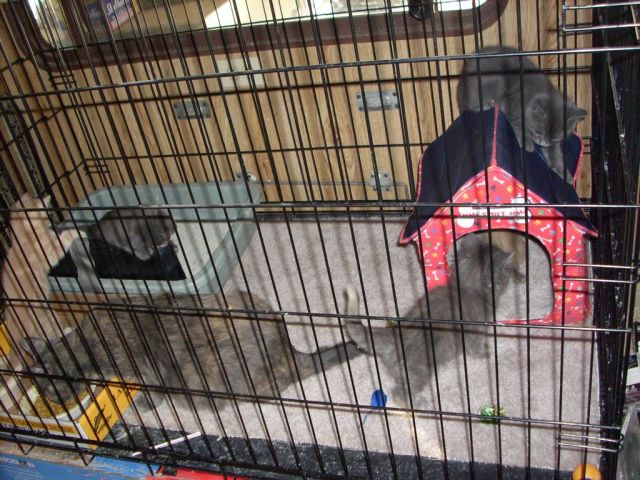 Introducing two cats of same gender
QuestionHi,
One of my friends is traveling soon and un
Introducing two cats of same gender
QuestionHi,
One of my friends is traveling soon and un
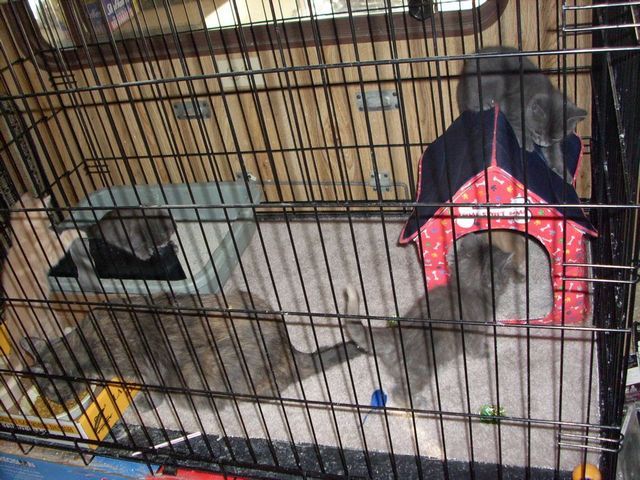 Blending adult kitties
QuestionWe had 5 cats. 2 females, and 2 long haired mal
Blending adult kitties
QuestionWe had 5 cats. 2 females, and 2 long haired mal
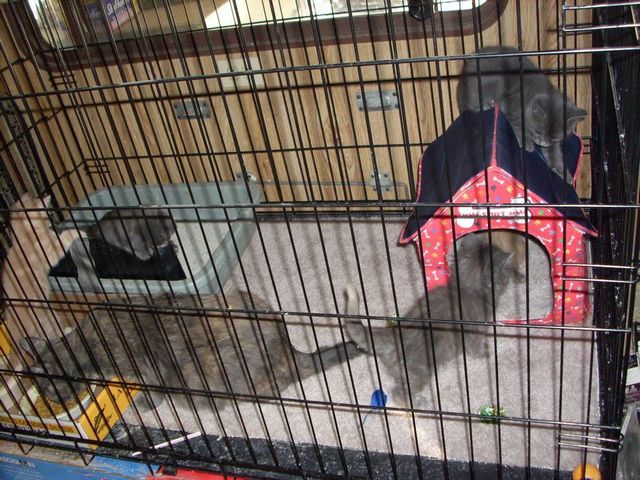 new cat/ old cat
QuestionI have 2 cats that I got from the same litter w
new cat/ old cat
QuestionI have 2 cats that I got from the same litter w
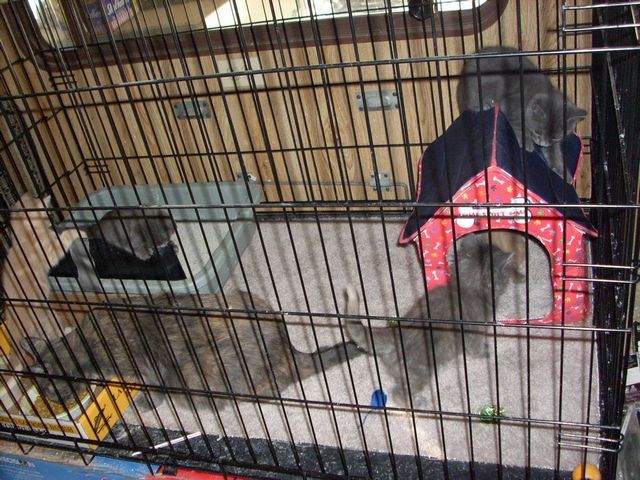 Agression towards guests in the home
QuestionQUESTION: Hello,
About 2 weekends ago, my 4 mo
Agression towards guests in the home
QuestionQUESTION: Hello,
About 2 weekends ago, my 4 mo
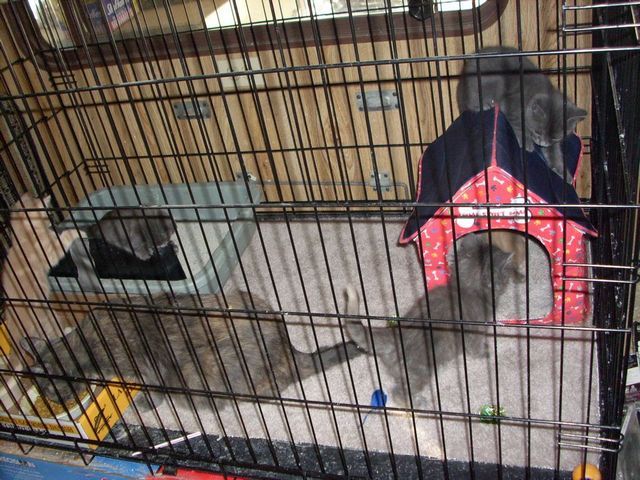 introducing my cat
QuestionHi, Me and my kitty moved in with my boyfriend
introducing my cat
QuestionHi, Me and my kitty moved in with my boyfriend